Six Un-Advanced Tips to Improve Your Guitar Playing
I began this post with the intention of putting all the best music theory tips needed to create great blues and rock solos. However, that was too ambitious, so I’ve distilled the article down to a few common sense tips, or six to be exact.
Tips so advanced they are un-advanced. Either way, take what you can in this under a 5-minute read.
#1) Prediction
How well can you predict what is needed to play an inspiring solo? Before you hear a single note, how well can you anticipate what it will sound like and how your fingers will move?
As soon as you hear a single note, you are at a disadvantage. You are now assimilating what you hear. This sound often conflicts with your predictions. In other words, you must change and adapt on the fly.
I suppose this is ultimately where all music is created—a combination of music knowledge, memory and audio feedback. Sometimes, the worlds come together nicely, and the give-and-take strikes a beautiful balance.
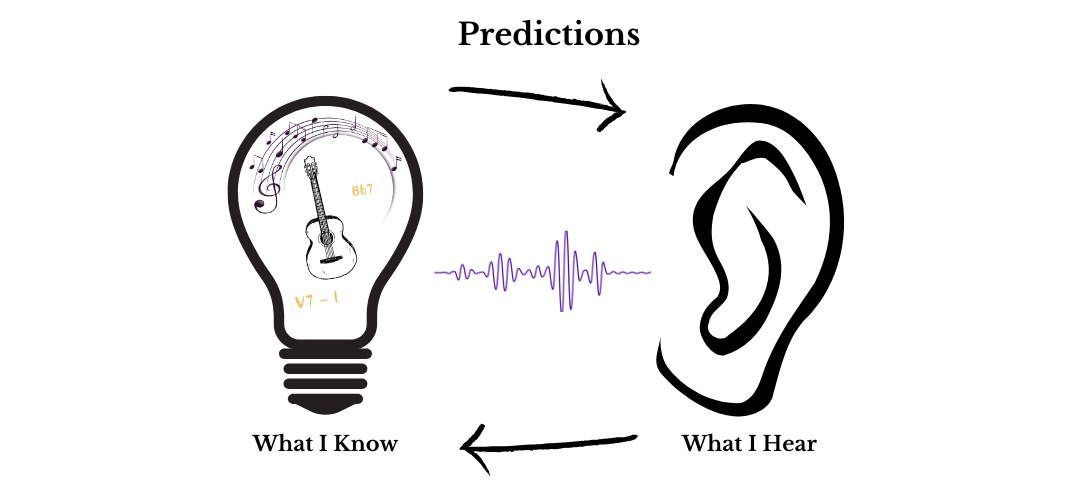
#2) State the Obvious…
All the theory you know becomes a backdrop as new connections of notes, chords, words, and stories are needed for creative solo work and composing. The obvious question is how to produce the absolute best outcome.
It would be easy to say words like “feel” or “emotion,” but if you are professional, that must be present all the time even when you don’t feel it (at least to some degree). If you play for fun, record or perform with a group, knowing how to do the job by connecting with the music is the point.
Begin with the heart and use the theory only when needed.
Need more guitar tips? Check out my other lessons:
#3) Quality…
Your tone, above all else? Nothing shuts a listener down more than a sharp or thin tone. This ties into #1prediction, that is, how well can you predict your sound before you start?
You do not need the best equipment (though I’m sure the music manufacturers would love you to believe that) to create the best tone.
For acoustic guitarists, questions like what type of picks you use, the shape of your fingernails, the action on your guitar, the string gauge, and so on. If you play electric, then it gets even crazier. There are so many products with a barrage of gimmicks that distract you from the reason you play at all. As it turns out, many of the greatest recordings were done with an amp and guitar.
Listen to your sound before processing. Is this the best it can be? If not, why?
#4) What are you Doing?
The best and lasting criticism I ever received was summed up nicely by a seasoned trumpet player who had played in bands for many years. Of course, I was young and lacked experience then, but he said, “What are you doing”?
It was in the tone of his voice. He was somewhat irritated and had a confused look when he said it.
No explanation was needed; I knew exactly what he meant.
I was playing scales (way too fast) without any relevance to the song. I’m sure it was not too inspiring for the audience, either.
In your head, in your head…zombie
We get preconditioned to thinking we need to play faster and be more clever with our note choices to be considered “good.” However, all these thoughts that pop in and out of your head do subtract from the music you are trying to create.
How many Instagrammers have you seen shredding notes with pre-rehearsed licks bypassing the actual connection to the music they play. Is it to satisfy some social media algorithm?
Instead of feeding your ego, aim to connect with the music.
Not sure what to practice? Here are some schedules, warm-ups and techniques to get you started.
#5) Where are you Going?
Very similar to “What are you doing?” is “Where are you going?” Where does your solo peak, and how do you build excitement and interest to make your solo or tune memorable?
Where is the climax or notable high point? That is, assuming there is a high point, or there has to be one. Awe, let’s assume that your solo or song has a climatic point.
You can preplan these high points in advance or on the fly, but be aware that you should aim for something. This works well in bands who listen to each other. For example, if someone is playing louder or faster to create a climax, follow suit to help them build. If you play by yourself, then it is easier because you can determine when this moment will happen.
The point is, where does the climax happen?
Need tips to learn your instrument faster? Check out this post here.
Building Excitement in your Solos
You can borrow a concept from math that pops up naturally in nature and architecture called the Golden Section or Golden Ratio (which I have referred to in a previous 10 Tips for a Flawless Solo).
Basically, the idea is that about 6.18 of the way through the solo or piece is an excellent place to have a climatic point. In nature, this occurs when you look at a pinecone or a flower where the outer rim overlaps around 6/10’s of the way through.
They say music is like math…
One of the great blue’s musicians of the modern era was Bela Bartok (just kidding). Bartok followed this golden section idea, and related to what is found in the Fibonacci series. The idea is the same. About 6/10s of the way through the piece, he would introduce a different element, dynamic, phrase or climatic point.
So, there you go. Now you know where you are going, but would you climax at the same place for every solo? Likely not, but variety is the spice of life. Maybe you can determine your own Golden Ratio to avoid the comment, “What are you going?”
While this isn’t a rule, it’s a great starting point. Experiment with the placement of your high points to keep your solos fresh and exciting.
While the climatic point isn’t a rule, the idea is a great starting point. Experiment with the placement of your high points to keep your solos fresh and exciting.
Read this post about roots, moveable chords, and other fundamental guitar theories.
#6) In the weeds … Master all Articulations
Other than the notes you play – How you play a note is essential to creating your overall sound.
Therefore, you should try to master all the articulations your instrument can produce.
Articulations affect the notes’ dynamics, expression, and feel; besides tone, it is your best chance of developing your unique sound.
Here is a partial list of articulations to understand:
- Staccato – Play the note short and detached.
- Legato – Smoothly and connected without breaks.
- Accent – Emphasize the note, making it louder or more robust.
- Slur (Hammer-on / Pull-off) – Connect two or more notes without rearticulating them.
- Glissando (Slide) – Slide between two notes, either smoothly or rapidly.
- Pizzicato and Muting – You could create a whole article on this subject alone but partially blocking with either hand to produce a muffled or restricted sound
- Falls or Fall-offs – Gradually sliding up or down at the end of a phrase. This technique is used to make a note “fall away.”
- Portamento (String Bending) – Again, this is a subject on its own, as string bending has many variations. How far you bend the string and how slow you release the bend. Experiment.
And a few more articulations…
- Trill – Rapid alternation between two notes.
- Tremolo – Fast-picking repetition of a single note.
- Vibrato – Slight or wide vs slow or fast variation in pitch that adds expressiveness to a note.
- Grace Note – A quick, ornamental note played just before the main note.
Wait there’s a few more!
- Mordent – In classical music, the mordent alternates between the main note and below (lower mordent) or above (upper mordent).
- Turn – An embellishment involving the note above, the note itself, the note below, and then the note again.
- Acciaccatura – A very short grace note, often played almost simultaneously with the main note.
- Appoggiatura – A note that delays the next note of the melody, often taking half its value.
- Extended techniques – Playing your instrument in a non-traditional way, for example, using the instrument as a percussive instrument. Another big subject you can research.
For blues, study greats like B.B. King and Stevie Ray Vaughan to learn how they used articulations to enhance their playing. Then, apply these techniques to help develop your sound.
Conclusion
There you have it—six essential solo tips to transform your guitar playing. Whether you’re focusing on tone, articulation, or solo structure, these strategies will help you connect with your music and audience.
Continue to ask questions like: How did B.B. King incorporate vibrato? And what about Stevie Ray Vaughan? How does his vibrator compare to your own? How can I make it different?
Check my website for other guitar lessons, books and sheet music, and leave any suggestions or comments below.
The Blues Guitar Looper Pedal Book
In the Blues Guitar Looper Pedal Book, you will learn how to use your guitar looper pedal and play the blues like a pro. The looper pedal is an excellent companion for any blues guitarist. Master essential looping techniques while your improve your blues guitar playing. Also included:
- Two, four, eight, twelve, and sixteen-bar multi-layered loops
- Blues scales and standard blues chord progressions in all keys,
- blues strumming patterns,
- fingerboard charts, theory
- How to play slide guitar with exercises.
- Audio tracks below.
Jazz Guitar Looper Pedal Book
In The Jazz Guitar Looper Pedal Book, you will learn essential techniques to get the most out of your looper pedal.
- Improve jazz guitar playing with help from your looper pedal.
- Learn how to create layered loops step by step.
- Hundreds of riffs and jazz theory tips.
- Technique, scales, chords, arpeggios and helpful charts.
- Extensive accompanying audio and video online.
- It is a jam-packed book with 221 pages.
Blues Guitar Chords, Scales and Fretboard Poster
- Elegant Blues Guitar Chord, Scales and Fretboard Three Poster Set
- Three posters included with 60 Essential Blues Chords, 25 Must-know Blues Scales, Guitar Arpeggios and Blues Chord Progressions.
- Convenient size poster 12” x 18” (x3). Side by side, the three posters are 36” x 18”.
- All posters have a high-quality gloss finish printed on 100# Digital Gloss Text.
- Bonus quick guitar fingerboard reference (business card size).
Jazz Guitar Chords, Scales, Modes and Fretboard Poster
- Elegant Jazz Guitar Chord, Scales and Fretboard Three Poster Set
- Three posters included with 60 Essential Jazz Chords, 25 Must-know Jazz Scales, and Guitar Arpeggios and Interval Chart
- Convenient size poster 12” x 18” (x3). Side by side, the three posters are 36” x 18”.
- All posters have a high-quality gloss finish printed on 100# Digital Gloss Text.
- Bonus quick guitar fingerboard reference (business card size).
101 Blues Riffs and Solos in Open G Guitar Tuning DGDGBD
Master the Blues in Open G Guitar Tuning (DGDGBD). 101 Blues Riffs & Solos in Open G Guitar Tuning is the most complete book ever written exclusively for blues in DGDGBD tuning. It is suitable for beginners and intermediate guitarists and an excellent reference for advanced guitarists.
- Master the Blues in Open G Guitar Tuning DGDGBD
- Slide, Fingerstyle and Picking Riffs and Solos
- Traditional, Delta, Rock, Funk and Jazz Blues
- Extensive Scale, Chord, and Arpeggio Charts
- A Complete Course for Open G (DGDGBD)
- Audio Tracks Below
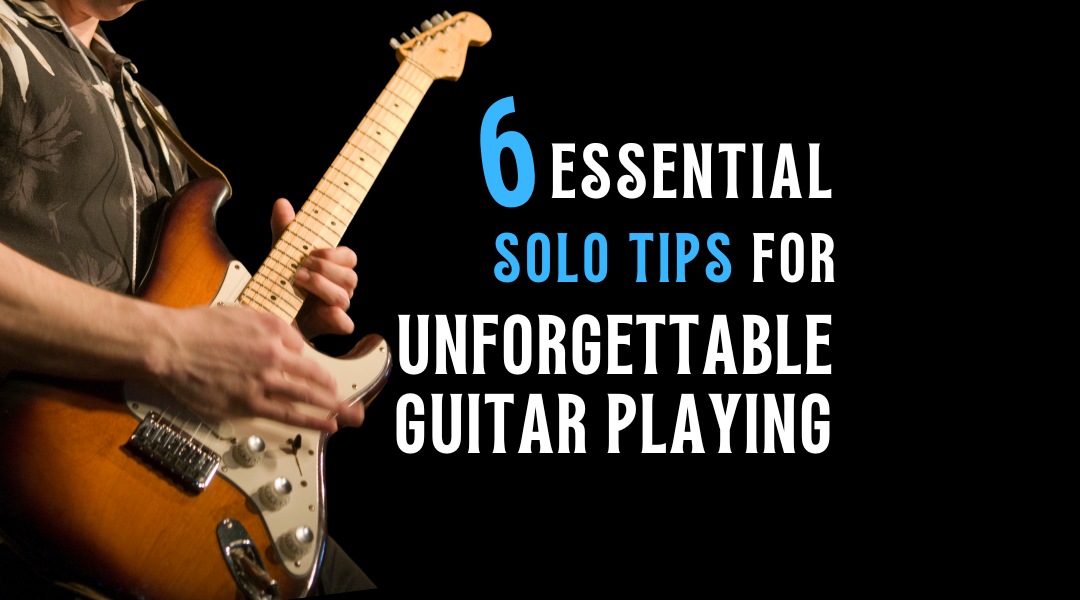

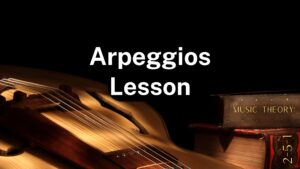

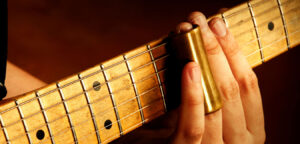
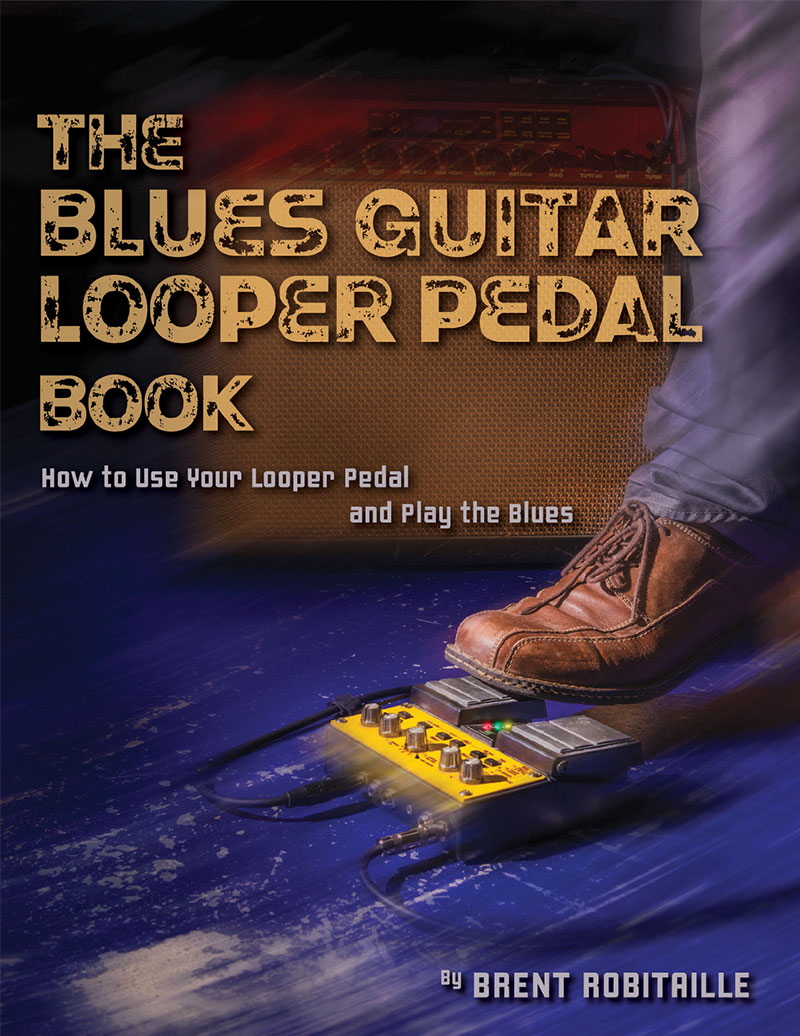
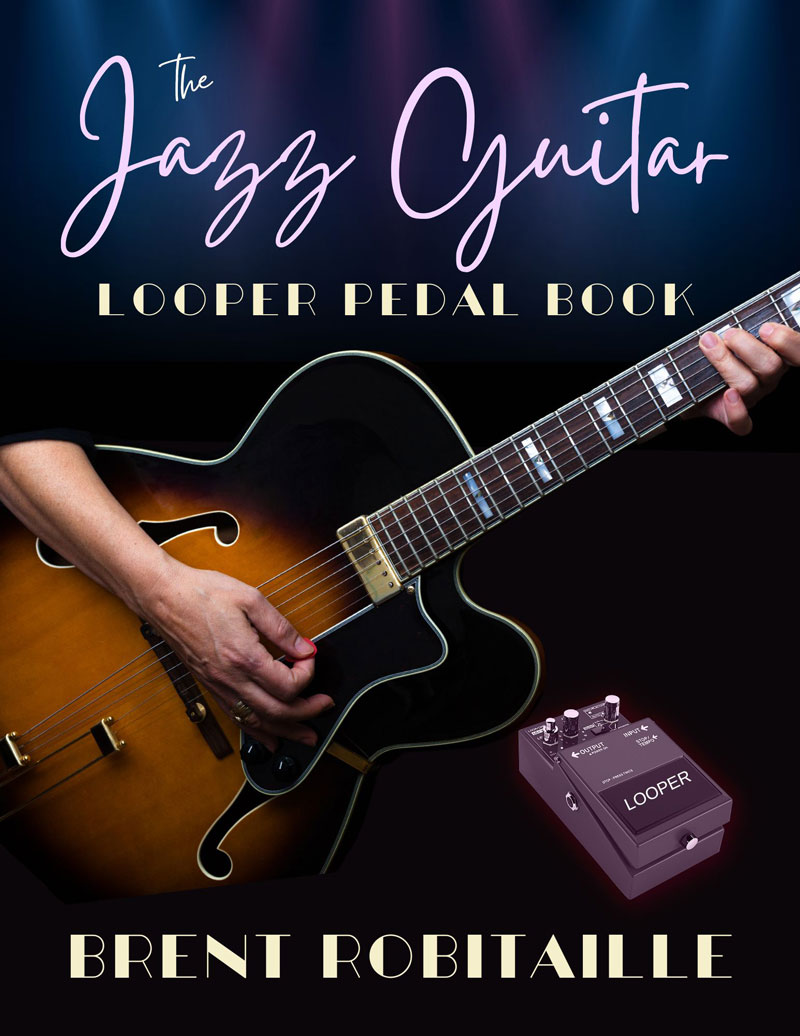
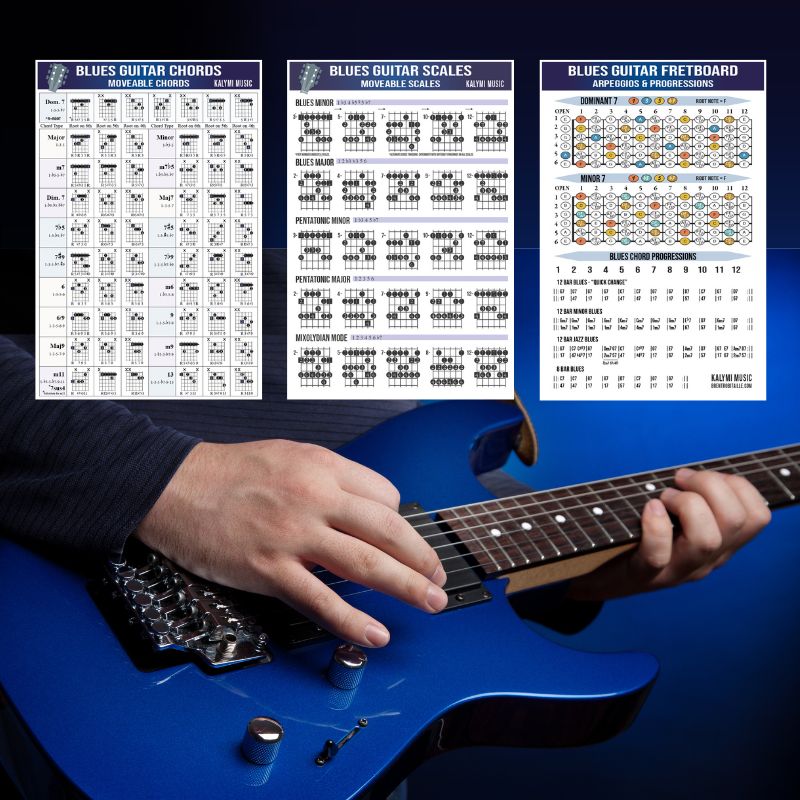
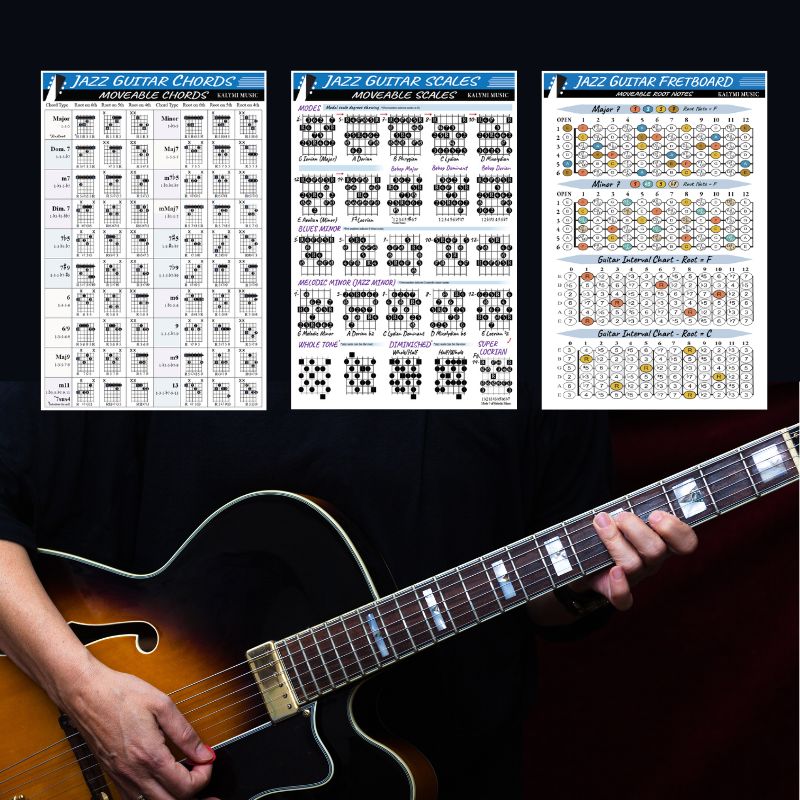
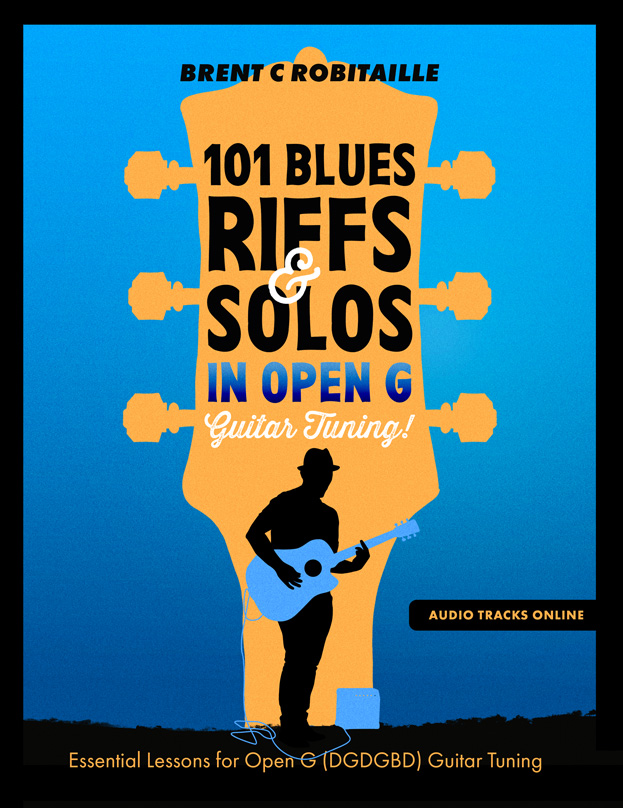
Recent Comments